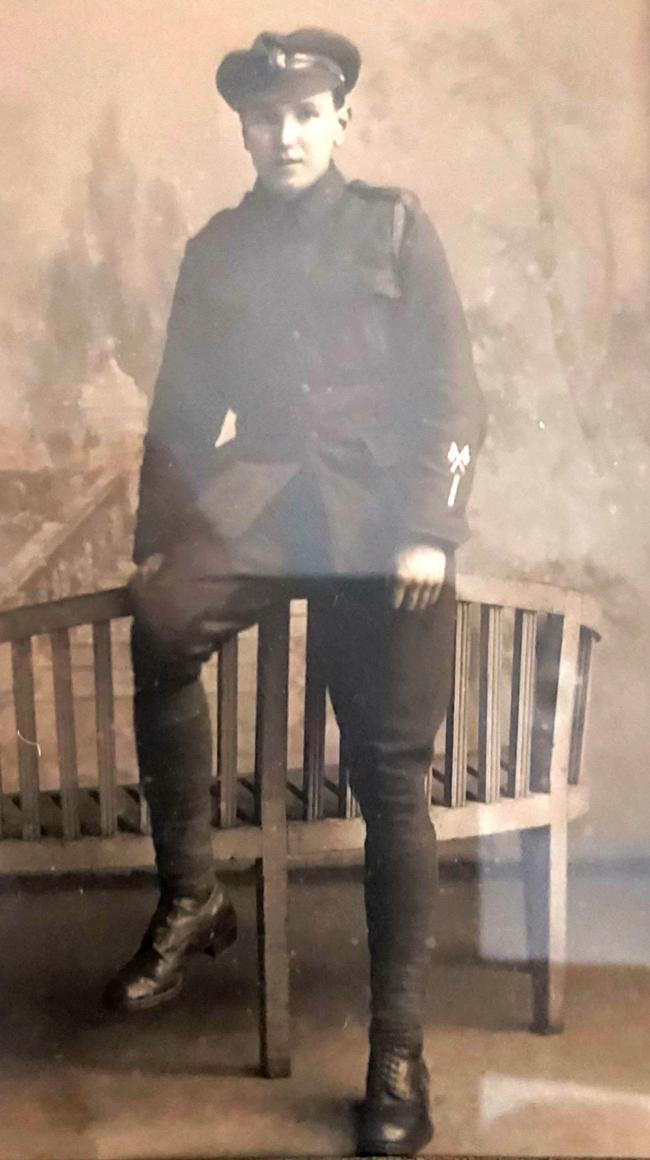They were bought by a war enthusiast, Rob Hope, who was holidaying in Teesdale from Eastbourne.
He took the items home and has wondered about them ever since.
He discovered that the soldier was Tom Carter, of the 16th Battalion of the King’s Royal Rifles, who enlisted in 1917, aged 18, and was sent home from the front in 1918 suffering from “shell shock”. After three months’ recuperation, he went back to France, but worked behind the lines, presumably because he was still suffering.
He was demobbed in 1919, and that was all the military records could tell. Rob wondered what became of Tom – did his post-traumatic stress hold him back?
Fraser Kinnie, of HeirHunter UK, the probate researchers and family tracing experts who are based in Hartlepool, picked up on the article and soon had the answers.
Tom’s father and mother both hailed from Barnard Castle where they married in 1883. His father was a waggonwright, and so presumably moved to Hartlepool for work. There were five children, but only two survived into adulthood: Tom and his sister, Alice, who was nine years older.
Fraser’s research discovered that Tom married Gladys Baragwanath King in 1938. Baragwanath is a Cornish name – it means “wheaten bread” – and so perhaps it is no surprise that he should die in St Austell in Cornwall in 1964.
Alice married Wrightson Walker and died in Bowes in 1965. Rob has seen been in touch with Alice’s descendants, and the family were “overjoyed” to get the frame back.
Fraser was also able to provide information on the other soldier mentioned last week. The grave of Pte Charles Coates, of Bishop Auckland, who was killed on September 21, 1944, has been adopted by people in the Dutch town of Nederweert.
Charles’ father was a miner from Toronto and his mother, Isabella, was from Coundon, and they had six children between 1911 and 1929: Alfred, Frank, Charles, Mary, William and Thora. We have helped put some of their descendants in touch with the people looking after Charles’ grave in Nederweert.



